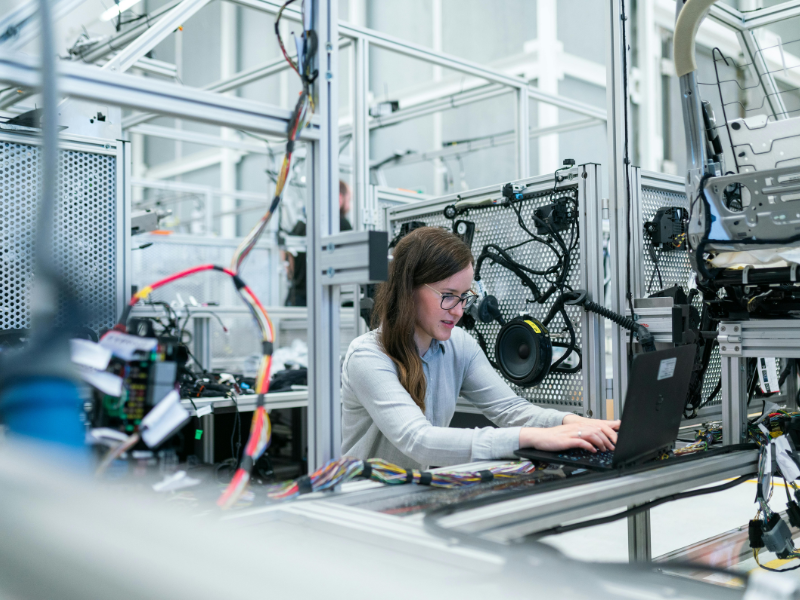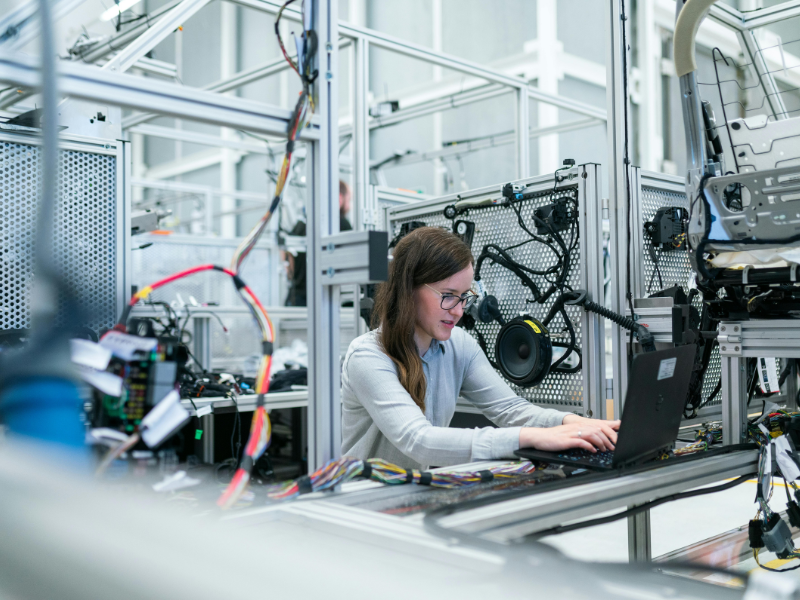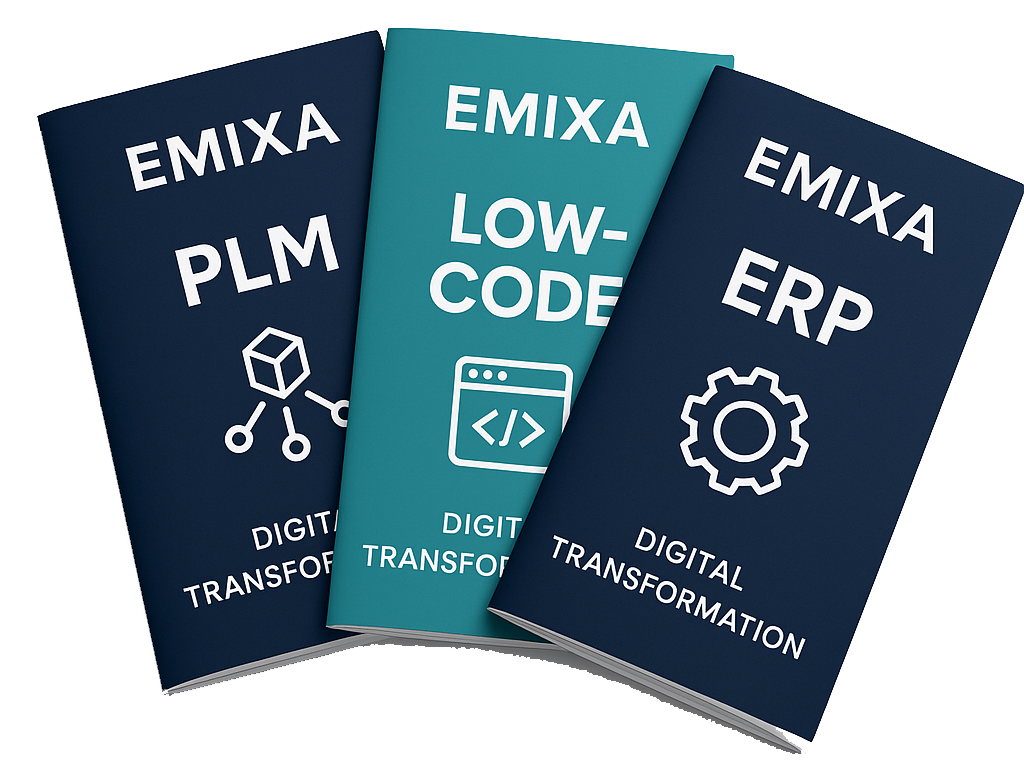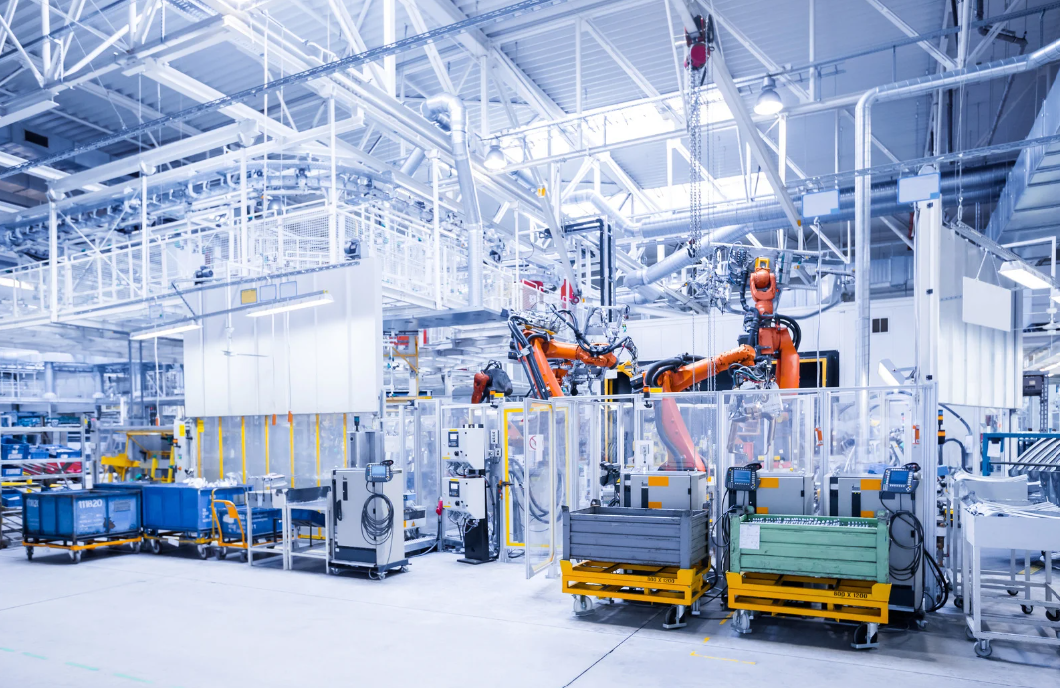
- AI
The (Im)possibilities of ChatGPT for Manufacturing Companies

ChatGPT has become an integral part of daily life, and its results can be mind-blowing. However, its use within the manufacturing industry still appears to be limited. So, what are the opportunities and limitations of ChatGPT for this sector? Emixa's Tjerk van der Maten tackles this issue in a column for Link Magazine, a renowned medium for the manufacturing industry.
Before we dive in, it's important to note that ChatGPT is just one of many Generative AI tools. Generative AI is artificial intelligence that can create new content, ranging from text and images to code and 3D models. Each tool has its model and area of specialisation. While the early version of ChatGPT (3.5) was focused on text-based question-and-answer tasks, you can now use both text and images as input. It now operates with multiple models ('multi-model').
ChatGPT is certainly clever, but it is trained on vast amounts of data that are often outdated and not always accurate. Moreover, it can sometimes fabricate information — a well-known phenomenon called 'hallucination'. It's helpful to think of ChatGPT as a bright PhD student with a wealth of knowledge but who doesn't yet know your business. You’ll need to 'train' this Einstein to tailor its output to your business processes.
How can you do this safely, without giving your competitors a glimpse of your data? One major concern is that ChatGPT doesn't always handle your information carefully. OpenAI, the company behind ChatGPT, stores the data from each prompt. This means sensitive data like product designs, manufacturing processes, or customer information could be shared with third parties. There is a real risk of data leaks and cybersecurity issues. For companies in the manufacturing sector, which often rely on intellectual property, this presents a significant risk.
Therefore, it's best to only use the public version of ChatGPT for non-sensitive and non-company-specific queries. For example, it can be useful for generating ideas and content related to marketing and communications. Fortunately, there is also a paid version where your data doesn’t need to be shared so easily—a first step toward the responsible use of ChatGPT.
However, for manufacturing companies, there are much better alternatives. Tools within a secured IT environment or cloud platforms like Azure or AWS are preferable. These tools can access your business documentation or databases in real-time and integrate that data into their responses. This way, you're using the 'back-end' of ChatGPT, but within your secure IT environment, fine-tuned to your specific processes. This is known as Retrieval-Augmented Generation (RAG), and there are plenty of alternatives available.
With these alternatives, you can get started today. For instance, you could reduce downtime by finding answers to technical issues within large volumes of company documentation in just a few seconds. You can apply this to customer inquiries, too. Or consider generating technical instructions based on what an operator says or does.
These are examples of what’s already being used today. Is everything mind-blowing? Not always. However, developments in Generative AI are moving at a rapid pace. Currently, most applications focus on text generation, but models capable of creating images and videos are getting stronger, opening up many more possibilities in various business processes. By starting with Generative AI now, you’ll learn from it. So, get started—but do so safely and in a way that fits your business.
Author: Tjerk van der Maten
Published date: August 26, 2025

Explore our Technology. Access our downloads center.
Access NowStart your Digital Transformation with Emixa

We help businesses transform their digital future with cutting-edge technology and strategic products & services


